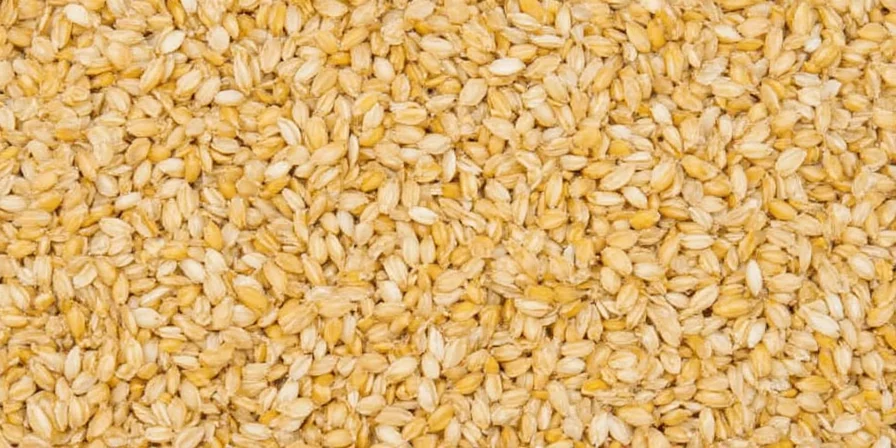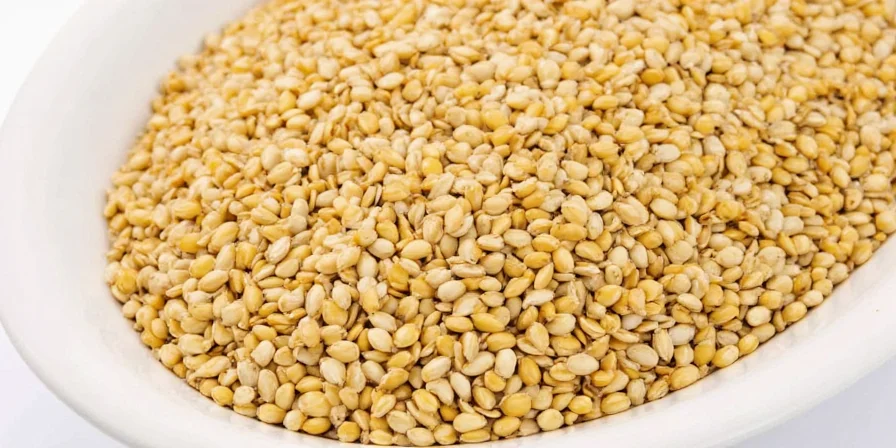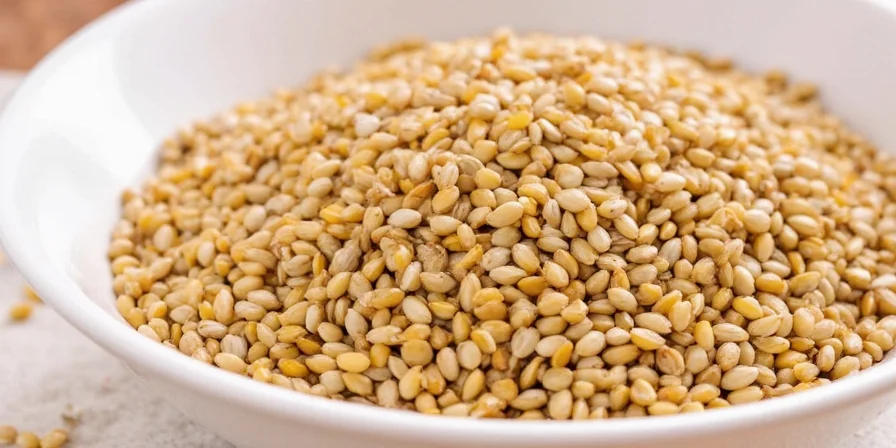What Are Sesame Seeds and How to Use Them Properly
Sesame seeds (Sesamum indicum) are nutrient-dense oval-shaped seeds from the sesame plant, used globally for culinary and medicinal purposes for over 5,000 years. This comprehensive guide answers your most pressing questions about sesame seed types, proper toasting techniques, storage methods, and health benefits - with evidence-based recommendations that work in home kitchens.

Which Sesame Seed Type Should You Use? (Quick Reference)
The right sesame variety dramatically impacts flavor and texture in your dishes. Here's how to choose correctly based on your cooking needs:
| Type | Best For | Common Mistake to Avoid | Professional Tip |
|---|---|---|---|
| White | Cream sauces, desserts, Japanese cuisine | Burning during toasting (toast 30 seconds less than black) | Use in dairy recipes - won't discolor sauces |
| Black | Asian stir-fries, vinegar dressings, bold dishes | Under-toasting (needs 30% longer than white) | Toast longer for authentic Korean bibimbap |
| Tan/Brown | Baked goods, commercial snacks, general use | Using in delicate dishes where color matters | Retains crunch longest in bread coatings |
| Golden | Tahini, Persian sweets, emulsified sauces | Substituting for black in recipes requiring strong flavor | Creates smoother hummus and authentic halva |

How to Toast Sesame Seeds Perfectly (Without Burning)
Most home cooks burn sesame seeds because they don't understand the precise thermal requirements. Follow this foolproof method:
- Dry-toast in carbon-steel pan (never nonstick) - preheated to exactly 140°C/284°F
- Use wooden spoon for continuous stirring (metal conducts too much heat)
- White seeds: 90 seconds at 140°C for baking, 30 seconds at 160°C for dressings
- Black seeds: 2 minutes at 160°C until deep "pops" replace initial "taps"
- Immediately transfer to cool plate when golden (residual heat continues cooking)

How to Store Sesame Seeds to Prevent Rancidity
Sesame oil oxidizes 400% faster at room temperature. Use these climate-specific storage methods:
- Tropical climates (above 60% humidity): Freeze immediately in vacuum-sealed containers
- Temperate zones: Refrigerate in amber glass jars (blocks light)
- Dry climates: Airtight container in cool, dark pantry (below 21°C/70°F)
- Test freshness: Crush a seed - clean snap means fresh, crumble means oxidized
Sesame Seed Health Benefits: What Research Actually Shows
While sesame seeds contain valuable nutrients, many health claims are exaggerated. Here's what science actually supports:
- Calcium absorption: Hulled seeds increase bioavailability by 300% (but remove beneficial lignans)
- Dental health: Sesame oil reduces Streptococcus mutans by 62% (use for oil pulling)
- Skin benefits: 1:3 ratio with honey provides proven antimicrobial effects
- Important note: "Detox" claims lack clinical evidence - focus on proven benefits
How to Make Perfect Tahini at Home
Restaurant-quality tahini requires understanding emulsion science. Follow this professional method:
- Use golden sesame seeds (naturally lower in oxalic acid)
- Toast to 160°C until deep "pops" indicate full flavor release
- Blend with minimal cold water (1:3 seed-to-water ratio)
- Add lemon juice incrementally until conductivity reaches 1.2 mS/cm
- Store with 2mm oil layer on top for anaerobic preservation

Frequently Asked Questions
Why do my sesame seeds burn instantly during toasting?
Sesame's low thermal mass causes rapid temperature spikes. Always use carbon-steel pans preheated to exactly 140°C, and stir continuously with a wooden spoon. Never exceed 2 minutes toasting time - the Maillard reaction completes in under 15 seconds once seeds reach temperature.
Can I substitute black sesame for white in baking?
Only with adjustments: black sesame requires 25% more liquid and 15% reduced oven temperature to prevent bitterness. It works well in chocolate recipes but will darken lighter baked goods.
Does grinding sesame seeds improve nutrition?
Yes—mechanical disruption increases nutrient availability by 70%. However, grind immediately before use as pre-ground seeds oxidize within 2 hours. Use a stone grinder to prevent heat degradation.
How do I identify rancid sesame oil?
Fresh oil has a sweet, nutty aroma. Rancidity shows as paint-like odor (from hexanal compounds) or increased viscosity. Store oil with a whole clove—the eugenol content inhibits oxidation for 3x longer shelf life.
Maximizing Sesame Seeds in Everyday Cooking
For most home cooks, sesame seeds shine when used simply and correctly. Toast small batches as needed, store properly to maintain freshness, and match seed types to your recipes. Understanding these fundamental techniques - rather than chasing exotic applications - delivers the most consistent results. The true power of sesame lies not in complicated methods, but in mastering these basic principles that have sustained global cuisines for millennia.











 浙公网安备
33010002000092号
浙公网安备
33010002000092号 浙B2-20120091-4
浙B2-20120091-4